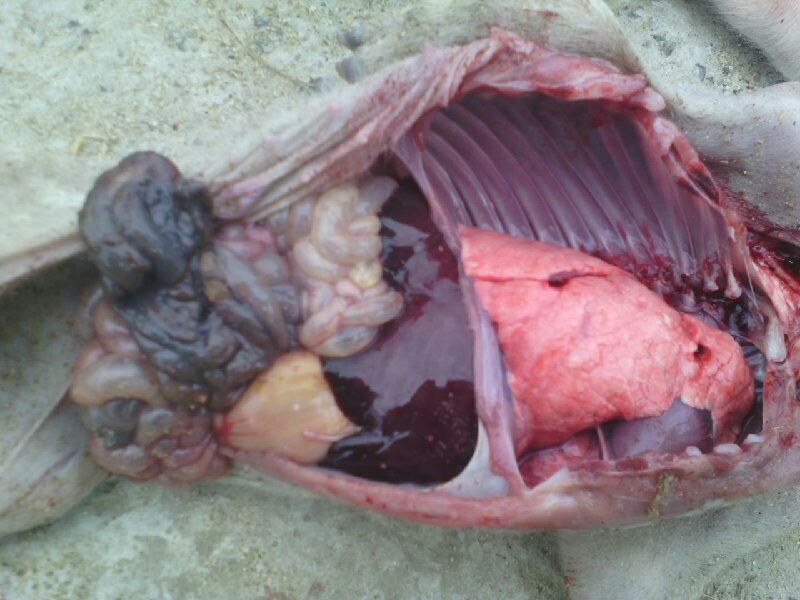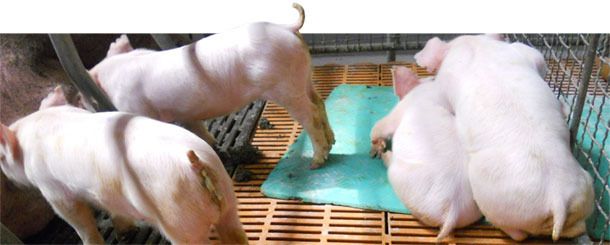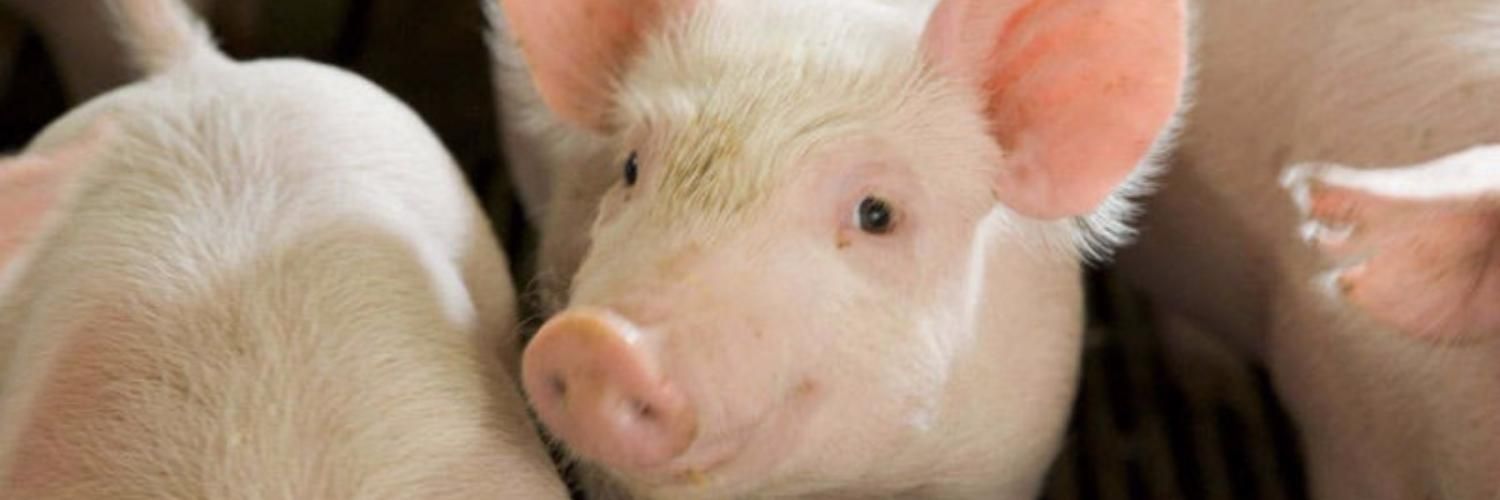Anaérobnaya enterotoxaemia of pigs - acute toxico-infectious disease predominantly in newborn piglets, characterized by hemorrhagic necrotic enteritis and toxicosis of the Cl.perfringens type C and A are the main pathogens of clostridiosis in pigs.
Clostridium anaerobic sporovıe
In the external environment, clostridia are covered with a dense shell, protecting them from the effects of exogenous factors. If they get into the intestine, they lose the shell, and this process is accompanied by the release of the strongest toxin that causes Necrotic enteritis(Destruction of the intestinal epithelium). Especially the negative consequences of exposure to this toxin on the body of newborn piglets.
A characteristic featureCl.perfringensIs their ability to accumulate in production facilities. In the absence of effective disinfection and anti-clostidosis measures, the longer the object functions, the stronger the clostridial background. Especially critical are those enterprises in which, due to organizational and technological reasons, it is impossible to observe the "empty-busy"

Воспаление серозной оболочки кишечника
When pathoanatomical autopsy of the abdominal cavity we find hemorrhagic inflammation of the small intestine, blind and rumen intestines, and in some cases also of the stomach. Lymph nodes are in the stage of serous, hemorrhagic inflammation. Venous stasis is observed in the liver. The heart at the expense of expansion of the right ventricle becomes a rounded shape, sluggish consistency. Kidneys edematous, enlarged in volume, grayish-clay color.
Cl.perfringens тип С
Pigs are infected orally immediately after birth and the source of infection is the intestinal contents of a non-immune sow. Incidence in the herd can reach 100%.Clinical signs develop rapidly, Since the multiplication of bacteria before the lethal effect occurs in just a few hours.
The death of pigs occurs in the first hours before the manifestation of clinical signs, and only in the chronic course (often occurs in older pigs) there ispersistiruющaя diarrhea.
Treatment of the diseases described above is not very effective. After all, even after successful antibiotic therapy, the further productivity of piglets decreases, because the treatment is applied already after the manifestation of the clinical symptoms of the disease. After that, when irreversible changes in internal organs have already taken place.
Drugs that, at least to some extent, give an effect are the antibiotics of the penicillin group (amoxicillin), the tetracycline group (oxytetracycline), the spectinomycin group (spectra).
Cl.perfringens тип А
Cl.perfringens тип АIs present in the normal intestinal microflora of piglets, but under certain conditions causes the onset Neonatal enterotoxemia of pigs. The disease is found everywhere, develops within a week after birth. Again, the source of infection is the sow.
The incidence can reach 100%, but the mortality rate for this disease is low. The disease belongs to the category of "eater eaters". Clinically, the disease manifests itself in 7-10 days of age, as well as before weaning. Pigs show signs of persistent yellow-white diarrhea without severe exhaustion and death.

Понос у поросят желто-белого цвета без сильного истощения и гибели
Diagnosis is based on clinical signs, pathological changes, and laboratory detection of Cl. perfringens type А. The disease should be very carefully differentiated from colibacillosis and coccidiosis, because the manifestation and timing of these diseases are very similar.
If such pathogens as Cl. Perfringens has a place on the farm, then to improve the safety of piglets suckling period and increase their live weight in weaning it is recommended to introduce into the technological scheme of veterinary treatments of pregnant sows vaccination against clostridiosis.




